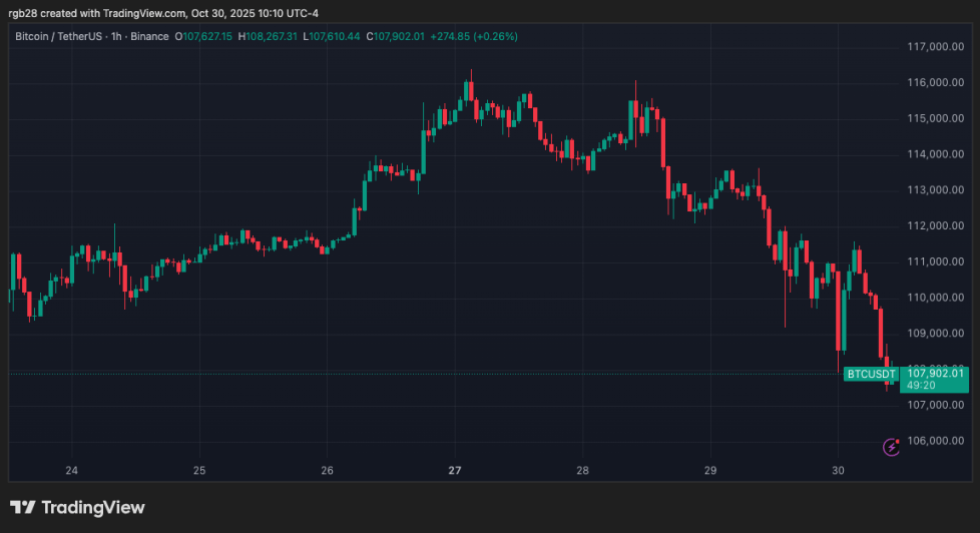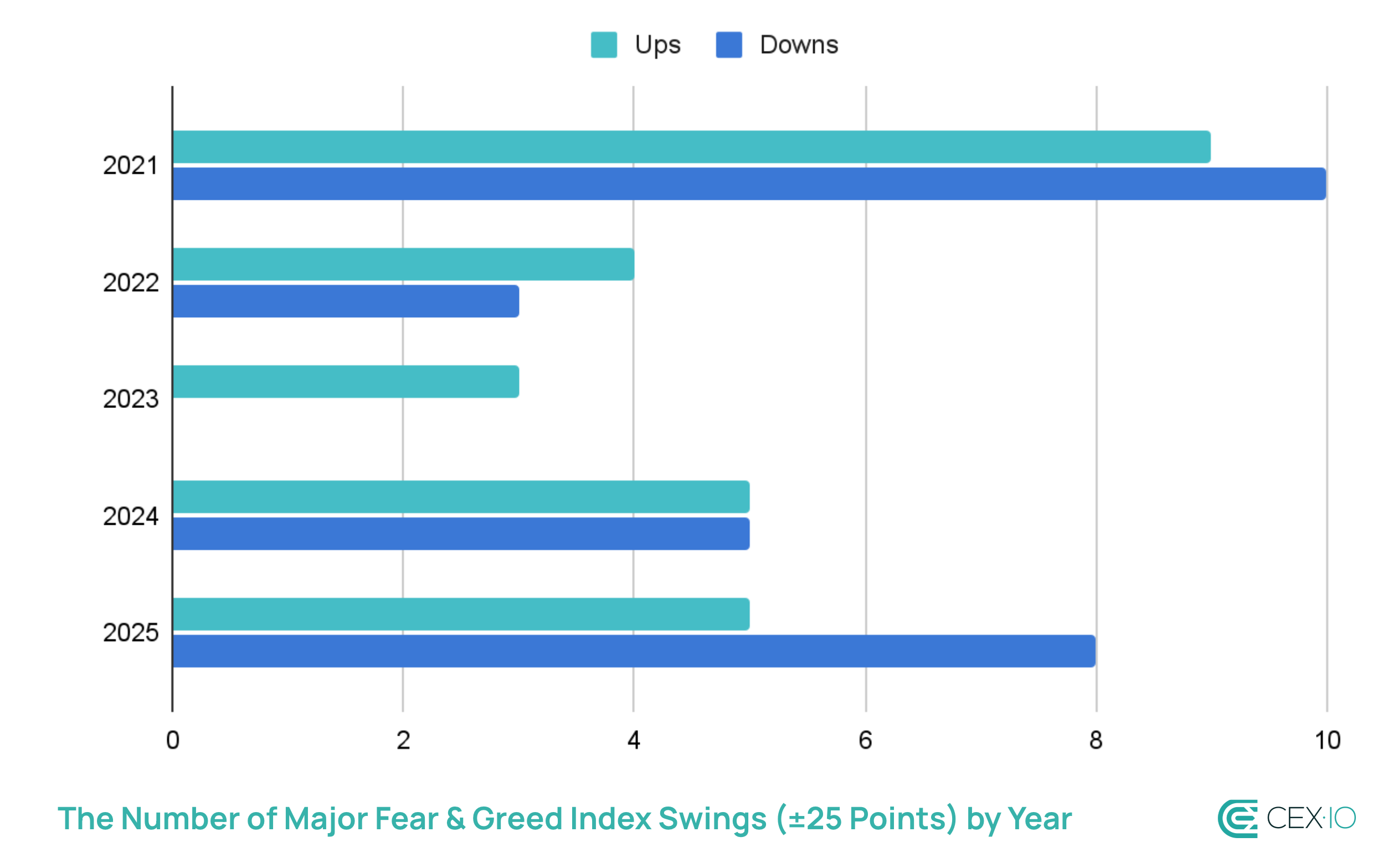I am a noob. As far as I understand, both Eigenlayer and Celestia are trying to solve the same problem (that is, data availability) via different approaches. However, how do they differ fundamentally?
I read some articles online but are really technical. Celestia (as I understood) use light nodes to guess the validity of some information on chain with certain confidence level. Whereas Eigenlayer use liquid stakers' tokens to somehow verify the blocks? (sorry if I'm talking bs here).
Can someone explain intuitively? Moreover, in long run which one would more likely to coexist with Ethereum?
[link] [comments]

You can get bonuses upto $100 FREE BONUS when you:
💰 Install these recommended apps:
💲 SocialGood - 100% Crypto Back on Everyday Shopping
💲 xPortal - The DeFi For The Next Billion
💲 CryptoTab Browser - Lightweight, fast, and ready to mine!
💰 Register on these recommended exchanges:
🟡 Binance🟡 Bitfinex🟡 Bitmart🟡 Bittrex🟡 Bitget
🟡 CoinEx🟡 Crypto.com🟡 Gate.io🟡 Huobi🟡 Kucoin.



















Comments